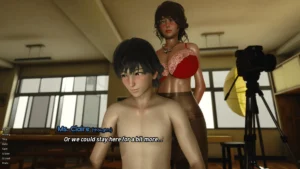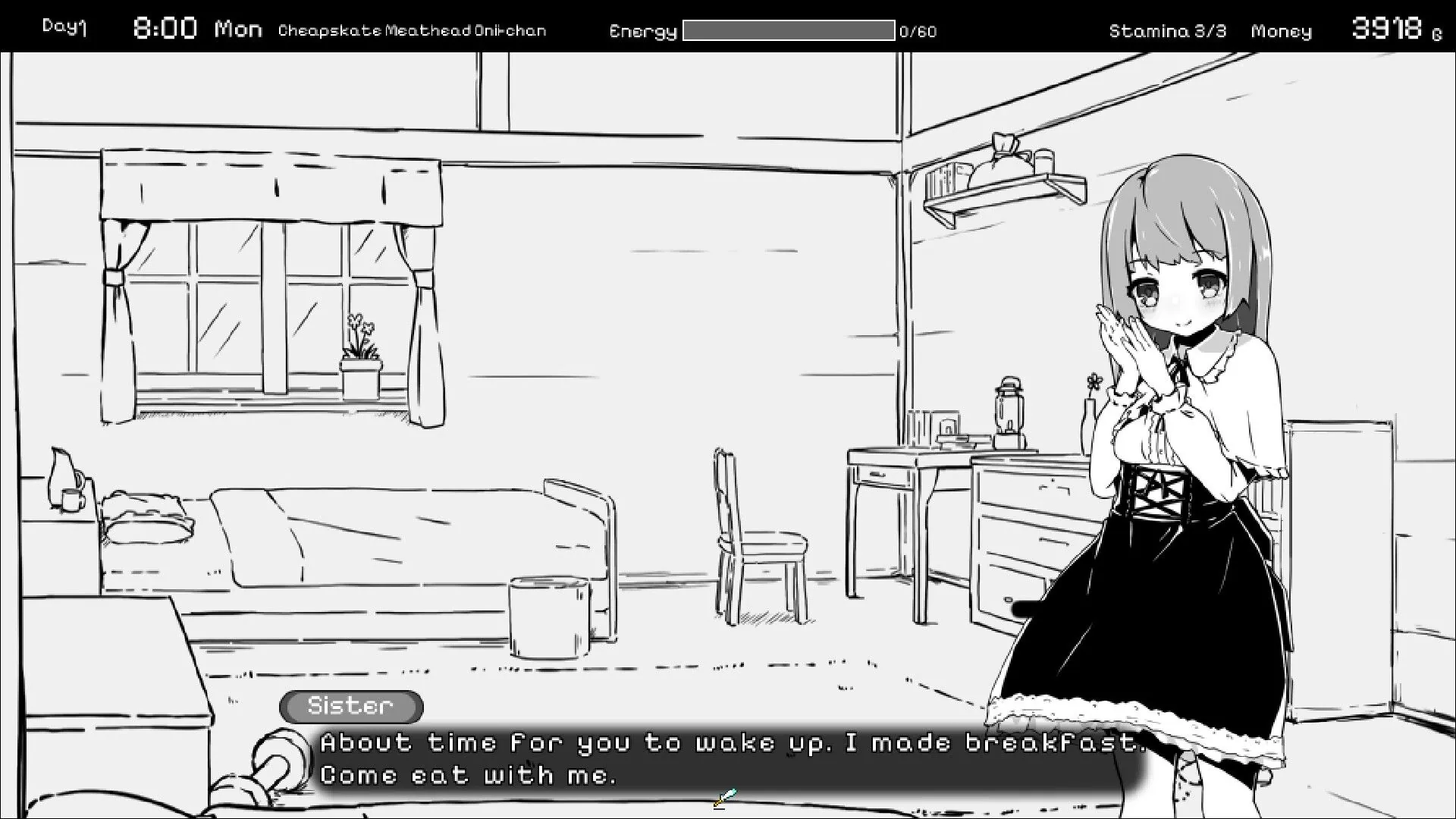
The Sin Within
Play The Sin Within
The Sin Within review
Exploring narrative depth and player agency in a controversial title
When I first encountered The Sin Within, its layered storytelling surprised me. Unlike typical adult-oriented games, it combines moral complexity with strategic decision-making. This analysis explores how the title balances provocative themes with genuine player agency, offering insights into its character development systems and choice-driven narrative architecture.
Narrative Architecture and Character Development
Branching Storylines With Lasting Consequences
Picture this: you’re this close to saving your favorite character from a tragic fate, but a split-second dialogue choice you made three hours ago locks you into a doomed timeline. 😱 That’s The Sin Within in a nutshell—a game where branching narrative paths aren’t just window dressing. They’re the entire building.
Let me tell you about my first playthrough. I chose to protect Elena, a rogue medic, instead of exposing her stolen supplies to the group. Seemed noble, right? Wrong. By Act 3, that “heroic” decision starved our base camp, turning allies into backstabbers. 💔 The game doesn’t just track choices—it weaponizes them. Every dialogue option, alliance, or betrayal tangles into a web of consequence-driven storytelling that’ll leave you sweating over your moral compass.
Here’s the kicker: branching narrative paths aren’t labeled “good” or “evil.” Save a child from bandits? Congrats, you’ve now pissed off a faction that could’ve given you critical intel. The game thrives on moral ambiguity, forcing you to live with messy outcomes.
| Decision Point | Immediate Impact | Long-Term Consequence |
|---|---|---|
| Spare the Traitor | Gain temporary ally | Camp defenses weakened in final siege |
| Burn the Evidence | Protect your reputation | Key NPCs distrust you permanently |
| Share Rations Equally | Boost group morale | Starvation triggers betrayal later |
🔥 Pro Tip: Play with your gut first. The magic of The Sin Within is in those raw, unscripted reactions. Save the “perfect run” for later.
Complex Character Relationship Systems
Ever had a video game friend who adored you no matter how badly you screwed up? The Sin Within’s character relationship system says, “Nope, not here.” 👋 Relationships here are as stable as a house of cards in a hurricane. Every interaction—whether through interactive dialogue trees or silent actions—shifts how characters perceive you.
Take Viktor, the cynical sniper with a whiskey habit. I tried bonding with him by agreeing that the group’s leader was incompetent. Big mistake. 🥃 While Viktor warmed up to me, others caught wind of my “disloyalty,” locking me out of crucial missions. The game’s character relationship system doesn’t just track “like/dislike”—it simulates how people gossip, manipulate, and remember slights.
Here’s what’s wild: even inaction has consequences. Ignore a character’s plea for help, and they might not confront you… but they’ll quietly side with your enemies. The game’s consequence-driven storytelling means nobody’s just a sidekick—they’re all potential wildcards.
“I thought flirting with Ana would be harmless. Turns out, her ex was the guy I needed to recruit for a heist. Whoops.” – My second playthrough, probably.
Ethical Dilemmas Driving Player Engagement
The Sin Within doesn’t ask, “What’s the right choice?” It asks, “What can you live with?” 😵💫 The moral choice mechanics here are brutal. One moment you’re deciding whether to loot a starving family’s stash; the next, you’re choosing which friend to sacrifice to a cult.
Remember the quarantine zone mission? I sure do. 🦠 You find a group of survivors hiding an infected child. Do you:
– Expose them, risking a riot?
– Stay silent, gambling the infection won’t spread?
– Kill the child yourself, becoming a monster to save others?
There’s no “winning.” I picked option three… and spent the next hour listening to my squad whisper behind my back. The game’s interactive dialogue trees reflect this tension—characters’ tones shift, options narrow, and trust erodes.
🎯 Why It Works: The moral choice mechanics avoid binary “right vs. wrong” traps. Instead, they force you to prioritize values: loyalty vs. survival, honesty vs. peace.
Wrapping It Up: Why Your Choices Actually Matter
Most games promise “your decisions matter.” The Sin Within delivers. With its branching narrative paths, razor-sharp character relationship system, and moral choice mechanics that’ll haunt your sleep, it’s a masterclass in consequence-driven storytelling.
So, ready to replay that 20-hour campaign just to see if saving the traitor was worth it? 😉 Grab a drink, steel your nerves, and remember: in this game, even mercy has a price tag.
The Sin Within demonstrates how mature themes can enhance strategic gameplay when handled thoughtfully. Its interconnected systems create meaningful player investment beyond surface-level content. For those interested in narrative-driven experiences that challenge conventional design paradigms, this title offers substantial material for analysis and discussion.
























